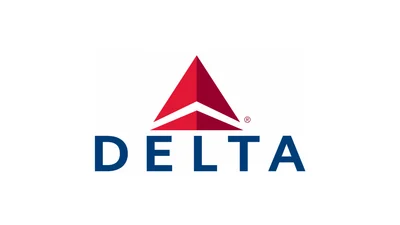Both aircraft remain central to U.S. global airlift operations. The upgraded C-5M Super Galaxy fleet consists of about 52 planes serving exclusively with the U.S. Air Force, focused on transporting heavy and oversized loads that other American planes cannot handle. The C-17 has seen wider use internationally; more than 220 are active with the USAF while others serve allied nations such as the United Kingdom, Australia, Canada, India, Kuwait, Qatar, United Arab Emirates, and NATO’s Heavy Airlift Wing.
When comparing size and capacity:
- The C-5 Galaxy is longer (247 ft vs. 174 ft), has a greater wingspan (222 ft vs. 169 ft), higher maximum takeoff weight (840,000 lbs vs. 585,000 lbs), larger payload (281,000 lbs vs. 170,900 lbs), and longer range (~5,500 nm vs ~2,400 nm) than the C-17.
- However, while requiring reinforced runways due to its size and weight limits where it can land or operate from.
- The C-17 is able to operate from shorter or unprepared strips—an advantage for rapid deployment or humanitarian missions.
According to Capt. Benjamin Allen of the 43rd Aeromedical Evacuation Squadron:
“The sheer versatility of the C-17 aircraft is amazing. One moment the cargo area is filled with equipment, the next it’s filled with wounded warriors for transport to higher echelons of care. I’m honored to fly on an aircraft that has the capability to support such a multitude of capabilities".
The operational differences reflect their design eras:
The Cold War–era C-5 focuses on moving large volumes between major bases where infrastructure can support its scale; meanwhile post–Cold War needs led to development of more adaptable platforms like the C-17 for quick response anywhere globally.
Other military airlifters like Antonov An-124 Ruslan or An-225 Mriya surpass even these giants in some dimensions but serve specialized roles for extreme oversized loads or unique missions; medium-sized transports such as Lockheed Martin’s C‑130J Super Hercules offer tactical flexibility similar in philosophy to that behind designing the modern-day Globemaster III.
While larger size brings greater carrying ability—making models like Antonov An‑225 world record holders—the trade-offs include increased maintenance costs and fewer suitable airfields worldwide due to runway requirements.
For practical missions involving rapid response or remote locations—such as disaster relief—the smaller but flexible Globemaster III often proves more useful than its larger counterpart despite lower overall capacity per trip.
In summary:
No—the Boeing C‑17 Globemaster III is not bigger than Lockheed’s massive Galaxy model; however both continue serving alongside each other because they meet different mission requirements within U.S.A.F.’s strategy for global mobility.
 Alerts Sign-up
Alerts Sign-up




































